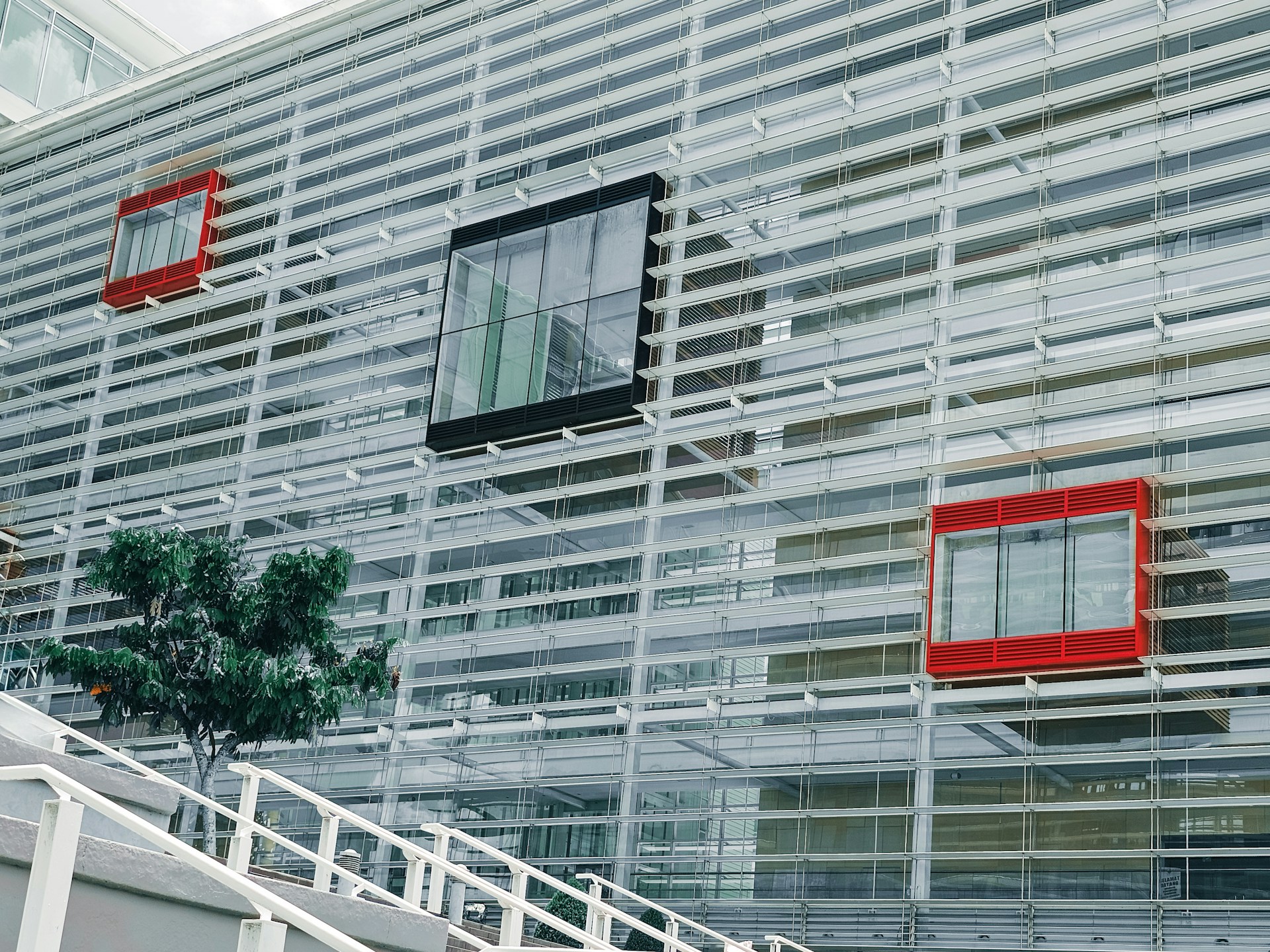Southeast Europe region: an overview of the local property market
The region of Southeast Europe is becoming increasingly attractive to investors. Both local and foreign entrepreneurs are ready to invest in Bulgaria, Serbia, Slovenia and other countries.
CBRE analysts are positive about the market in the region, noting its liquidity. It is expected that by the end of 2025, the volume of transactions in all sectors will amount to about €1 billion. In 2024, this figure totalled €900 million.
The bulk of the capital coming into the region will come from the neighbouring Central European countries. Austria, the Czech Republic and Hungary are the most active. At the same time, the market has not yet attracted significant interest from investors in the US, Western Europe and Asia.
Peculiarities of profitability
Croatia, Slovenia and Serbia are interesting for entrepreneurs. However, investors are extremely cautious due to the peculiarities of profitability. Forecasts for Serbia are difficult due to the lack of transactions in the past. The discrepancy between the expectations of buyers and sellers also plays a role. Buyers are more risk-averse than sellers. The profitability gap with neighbouring countries will help to increase interest in the country. For this purpose, the performance of the Belgrade commercial market should be around 8.25-8.5%.
It is also worth noting the differences in yields across asset classes in the region. Analysts forecast yields of 7% for retail parks and prime office space. This figure could rise to 9-9.5% depending on the age of the property, its location and other factors. In Slovenia, the maximum yield for logistics properties could be 7%.

CBRE experts do not foresee any factors that could lead to oversupply in the SEE region. No significant increase in the number of new projects is expected. This indicates the stability of the market, which is a positive signal for investors. The highest demand from buyers is observed in the following sectors:
– office buildings;
– retail parks;
– industrial premises.
It is worth noting that the situation in the markets within the region is heterogeneous.
Overview of the situation in the capitals of the region
Belgrade has a low office vacancy rate of around 6%. At the same time, the demand for quality space is growing as a result of market expansion. Major international companies have entered Serbia in recent years and this trend is likely to continue.
In Zagreb, office yields are 7.8% and the office stock is estimated at 1.2 million sqm with a vacancy rate of 4%. The Croatian capital is characterised by a high demand for quality commercial property.
Other capitals in the region are also experiencing an increase in demand for commercial property. One of the limiting factors for the SEE market remains the lack of quality assets to attract investor interest.
